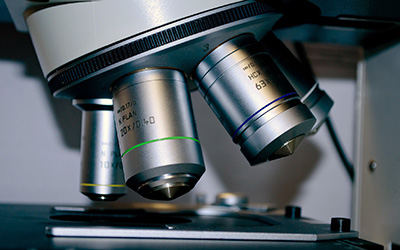
Micrococcus Species
Micrococcus is defined as a Gram-positive aerobic bacterium that is 0.5 to 3.5 micrometers in diameter. Micrococcus cells can be observed under the microscope as spherical cells forming pairs or clusters.
It belongs to the member of the Micrococcaceae family. Since Micrococcus is pigmented bacteria, it produces either yellow or reddish colonies when unstained. Micrococcus can be found in many places such as the human skin, water, dust, and soil. Three common species of Micrococcus are M. luteus, M. roseus, and M. varians.
Although these bacteria are a common human skin contaminant, they are relatively harmless. However, there have been rare cases of Micrococcus infections in people with compromised immune systems. Micrococcus is the cause of infections is easy to overlook because infections caused by this bacterium are rare. Moreover,the bacterium causing the infection is a natural part of the skin’s bacterial flora. Hence, when dealing with Micrococcus infections, it usually takes several cultures being grown and examined (at about 35oC) before one realizes that Micrococcus is indeed the culprit.
Most Micrococcus infections are discovered through a process of elimination (all other bacterial, fungal, etc. tests showing up negative) along with the presence of abundant Micrococcus tetrads in the lesions or cysts (which would normally have been overlooked because Micrococcus is a natural part of the skin’s microbial flora) (Smith, et al. 1999).

Recently Micrococcus has been considered to be an opportunistic pathogen. The possible health effects are bacteremia, septic shock, septic arthritis, endocarditis, meningitis, intracranial suppuration, and cavitating pneumonia in immunosuppressed patients.


